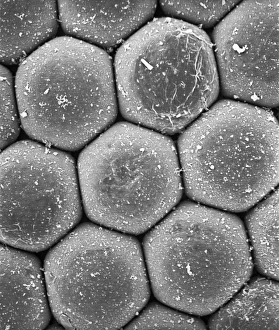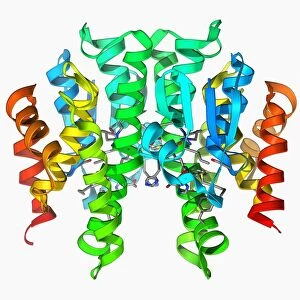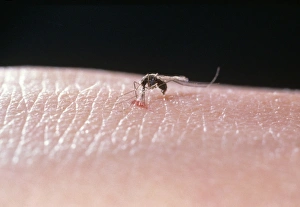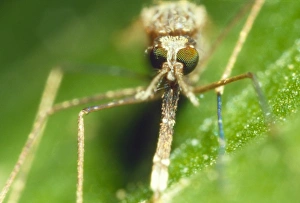Anopheles Gambiae Collection
Anopheles gambiae, commonly known as the malaria mosquito, is a species of mosquito that poses a significant threat to human health
All Professionally Made to Order for Quick Shipping
Anopheles gambiae, commonly known as the malaria mosquito, is a species of mosquito that poses a significant threat to human health. This particular species has developed resistance to DDT, thanks to the GST enzyme found in its genetic makeup. The intricate structure of its proboscis, captured under scanning electron microscopy (SEM), reveals the precision with which it pierces human skin for blood meals. The repeated mention emphasizes the importance and prevalence of this specific mosquito in transmitting malaria. These mosquitoes are relentless feeders, as depicted by multiple images capturing them engorging on blood from their unsuspecting hosts. Malaria remains one of the deadliest diseases worldwide, causing millions of deaths each year. Understanding and studying Anopheles gambiae is crucial in combating this disease effectively. By unraveling their genetic mechanisms and developing strategies to counteract their resistance to insecticides like DDT, scientists hope to control these vectors more efficiently. In this macrophoto image, we witness the sheer size and presence of an Anopheles gambiae mosquito up close. Its delicate wings and elongated body serve as a reminder that even such tiny creatures can have devastating consequences for global health. As we observe these feeding mosquitos closely intertwined with humans' lives through various captivating images, it becomes evident that our battle against malaria requires constant vigilance and innovative approaches. Only by understanding every aspect of Anopheles gambiae's biology can we hope to eradicate this deadly disease once and for all.






